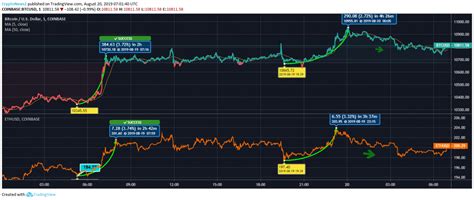Ethereum: Unpacking the Mystery of Bitcoin Miners’ Work
As the world grapples with the limitations of traditional blockchains and cryptocurrencies like Bitcoin, one question has persisted among enthusiasts and skeptics alike: what exactly are bitcoin miners doing when they spend millions of dollars on powerful computing rigs? Is it simply about solving complex mathematical puzzles or is there something more to it?
The answer lies in the Ethereum ecosystem, a decentralized platform that enables smart contracts and decentralized applications (dApps). In this article, we’ll delve into the world of cryptocurrency mining and explore what it’s really all about.
What are bitcoin miners?
Bitcoin miners are individuals or companies that use powerful computers to solve complex mathematical problems in exchange for a reward in the form of newly minted Bitcoins. The process is called “mining,” and it plays a crucial role in securing the network and verifying transactions on the Bitcoin blockchain.
Imagine a giant digital game, where players compete to solve increasingly complex puzzles. In this case, the puzzle is a mathematical problem that requires significant computational power to solve. Miners are essentially the “players” who try to solve these problems faster than others.
What do miners actually need?
To start mining on Bitcoin or any other cryptocurrency, you need:
- Powerful computers: Miners use high-end graphics processing units (GPUs) or application-specific integrated circuits (ASICs) to solve the mathematical problems.
- Internet connection: A stable internet connection is necessary for downloading and verifying transactions.
- Mining software: Specialized software manages the mining process, including the algorithm used to solve the puzzles.
What are they solving?

The mathematical problem that miners aim to solve is called “hashing.” In simpler terms, it’s a cryptographic puzzle that requires significant computational power to crack. The goal of hashing is to find the most likely solution among an infinite number of possibilities.
To illustrate this, imagine trying to guess the sum of all integers from 1 to 100. It would take an enormous amount of time and computation to solve this problem accurately. Similarly, Bitcoin miners use their powerful computers to attempt to find a unique digital hash that corresponds to the “true” sum – in this case, the total value of all transactions on the network.
Can we see what they are solving?
While it’s theoretically possible to “see” what miners are trying to solve, the cryptographic nature of hashing makes this challenging. Miners use sophisticated algorithms and advanced computational techniques to ensure their solutions remain secure.
That being said, some mining pools have revealed that their computations involve various mathematical operations, such as:
- Rounding: Miners round numbers to a specific decimal place or fraction to create an estimate.
- Modular arithmetic: They perform complex modular arithmetic operations to find the remainder of division.
- Squaring and multiplying
: Miners use algorithms like squaring and multiplying to solve the mathematical problems.
Can someone give an example?
Let’s consider an example: a miner with 10,000 GPU units might attempt to find the following equation:
2^32 - 1 = x + y
where x and y are variables representing the sum of all integers from 1 to 100. Using their powerful computers, miners would attempt to solve this problem by hashing various inputs until they find a solution.
To visualize this process, imagine a massive array of computers working together to try out millions of possible solutions. The miner who finds the correct solution gets rewarded with newly minted Bitcoins and a fraction of the network’s transaction fees.